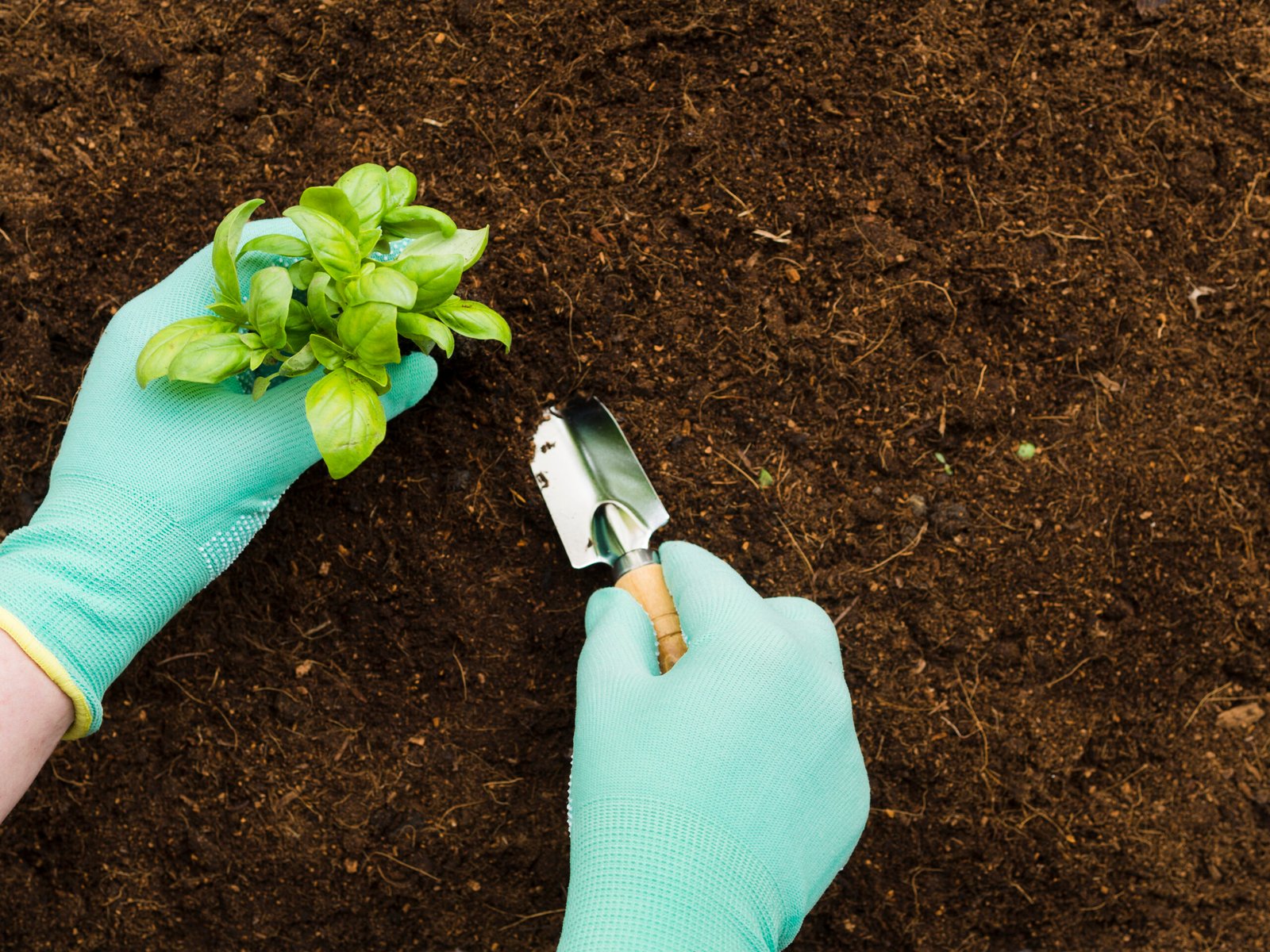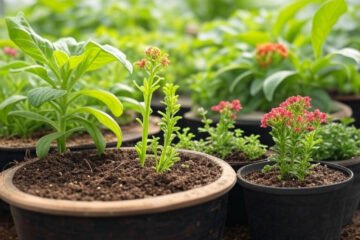
What is Coco Peat?
What is Coco Peat? The Complete Guide to Nature’s Most Versatile Growing Medium
Coco peat, also known as coconut coir or coir pith, represents one of the most revolutionary developments in sustainable horticulture and agriculture. This remarkable growing medium has transformed how we approach plant cultivation, offering an eco-friendly alternative to traditional peat moss while delivering superior performance characteristics that benefit both amateur gardeners and commercial growers worldwide.
Understanding Coco Peat: Origins and Composition

Coco peat originates as a natural byproduct of coconut processing, specifically derived from the fibrous husks that surround coconuts. When coconut fibers are extracted for rope and textile production, the remaining fine particles and short fibers create what we know as coco peat. This sustainable harvesting process ensures that no part of the coconut goes to waste, making coco peat an environmentally responsible choice for conscious growers.
The composition of coco peat includes lignin, cellulose, and other organic compounds that create its unique properties. Unlike traditional peat moss, which takes thousands of years to form in bog environments, coco peat is rapidly renewable, with coconut palms producing husks year-round in tropical regions.
Physical and Chemical Properties of Coco Peat
Water Retention and Drainage
One of the most remarkable characteristics of coco peat lies in its exceptional water-holding capacity. Quality coco peat can retain water up to 10 times its own weight while simultaneously providing excellent drainage. This dual functionality creates an optimal root environment where plants receive consistent moisture without the risk of waterlogging.
The porous structure of coco peat allows for superior aeration, ensuring that plant roots receive adequate oxygen even in saturated conditions. This property makes it particularly valuable for hydroponic systems and container gardening where precise moisture control is essential.
pH Levels and Nutrient Content
Coco peat typically maintains a slightly acidic to neutral pH range between 5.5 and 6.5, making it suitable for most plant species. However, raw coco peat may contain elevated salt levels, particularly sodium and potassium, which necessitates proper processing and buffering before use.
The natural buffering capacity of well-processed coco peat helps maintain stable pH levels over time, reducing the need for frequent adjustments that other growing media might require.
Types and Grades of Coco Peat
Fine Grade Coco Peat
Fine grade coco peat consists of particles smaller than 2mm and offers excellent water retention properties. This grade works exceptionally well for seed starting, propagation, and applications requiring maximum moisture control.
Medium Grade Coco Peat
Medium grade coco peat contains particles ranging from 2mm to 5mm, providing a balanced combination of water retention and drainage. This grade suits most general gardening applications and serves as an excellent component in potting mixes.
Coarse Grade Coco Peat
Coarse grade coco peat features larger particles that prioritize drainage and aeration over water retention. This grade proves invaluable for plants requiring well-draining conditions or in hydroponic systems where precise moisture control is paramount.
Processing and Quality Standards
Washing and Buffering
High-quality coco peat undergoes extensive washing processes to remove excess salts and tannins that could inhibit plant growth. The buffering process involves treating the coco peat with calcium-based solutions to displace potentially harmful sodium and potassium ions.
Compression and Packaging
Most commercial coco peat comes in compressed blocks or bricks that expand significantly when hydrated. This compression reduces shipping costs and storage requirements while maintaining product quality. A single 5-kilogram compressed block can expand to produce 60-70 liters of growing medium.
Advantages of Using Coco Peat

Environmental Sustainability
Unlike peat moss harvesting, which destroys ancient bog ecosystems, coco peat production supports sustainable agriculture. The renewable nature of coconut husks means continuous availability without environmental degradation.
Superior Root Development
The fibrous structure of coco peat promotes healthy root development by providing an ideal balance of moisture, aeration, and physical support. Plants grown in coco peat often develop more extensive and robust root systems compared to other growing media.
Disease Resistance
Coco peat possesses natural antifungal properties that help suppress soil-borne pathogens. The lignin content creates an environment less conducive to harmful bacteria and fungi while supporting beneficial microorganisms.
Longevity and Reusability
High-quality coco peat maintains its structure for extended periods, often lasting multiple growing seasons without significant degradation. This durability factor provides excellent value for money and reduces replacement costs.
Applications in Modern Agriculture
Hydroponic Systems
In hydroponic cultivation, coco peat serves as an ideal growing substrate that provides physical support while allowing precise nutrient delivery. Its inert nature means nutrients come exclusively from the solution provided, giving growers complete control over plant nutrition.
Seed Starting and Propagation
The fine, consistent texture of quality coco peat creates perfect conditions for seed germination. Its water retention properties ensure consistent moisture levels crucial for successful sprouting, while its structure allows easy root penetration.
Container Gardening
For potted plants, coco peat provides excellent moisture management that reduces watering frequency while preventing drought stress. Its lightweight nature makes it ideal for large containers and rooftop gardens.
Soil Amendment
When mixed with garden soil, coco peat improves soil structure, increases water retention in sandy soils, and enhances drainage in clay soils. This versatility makes it valuable for soil conditioning across different soil types.
Best Practices for Using Coco Peat

Preparation and Hydration
Before use, compressed coco peat requires proper hydration with clean water. The expansion process should occur gradually to ensure uniform moisture distribution throughout the medium.
Nutrient Management
Since coco peat is relatively low in nutrients, establishing a comprehensive fertilization program becomes essential. Regular monitoring of nutrient levels ensures optimal plant growth and prevents deficiencies.
Quality Assessment
Selecting high-quality coco peat involves checking for proper processing, appropriate particle size distribution, and absence of contaminants. Reputable suppliers provide detailed specifications and quality certifications.
Comparing Coco Peat to Traditional Growing Media
Coco Peat vs. Peat Moss
While peat moss has been the traditional choice for many applications, coco peat offers superior sustainability and often better performance characteristics. Coco peat provides better aeration and is less prone to becoming hydrophobic when dry.
Coco Peat vs. Perlite and Vermiculite
Unlike mineral-based amendments, coco peat provides organic matter that slowly decomposes and contributes to long-term soil health. Its water retention capabilities often exceed those of perlite while providing better aeration than vermiculite.
Future Prospects and Innovations
The growing demand for sustainable agricultural practices continues to drive innovation in coco peat processing and application. Research into enhanced buffering techniques, specialized grades for specific crops, and integration with other organic materials promises to expand its utility further.
Precision agriculture applications are exploring coco peat’s role in automated growing systems where its consistent properties enable more accurate environmental control and resource management.
Coco peat represents a perfect convergence of environmental responsibility and agricultural performance, offering growers a sustainable solution that doesn’t compromise on results. As we move toward more sustainable growing practices, coco peat stands as a testament to how agricultural waste can be transformed into valuable resources that benefit both plants and the planet.



